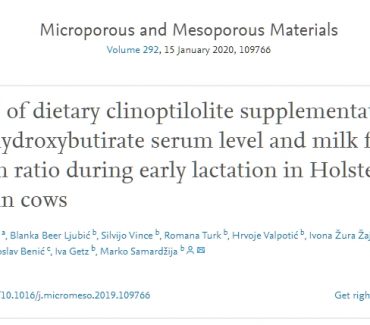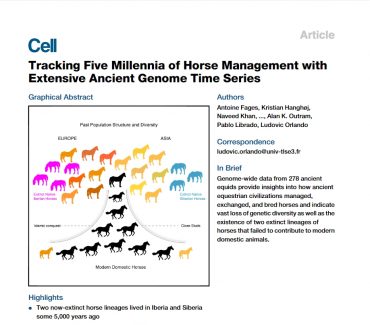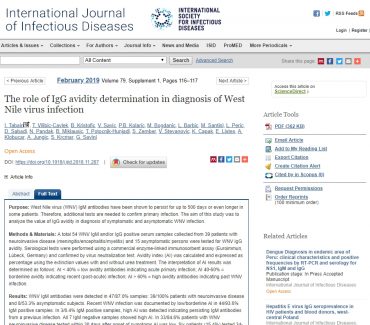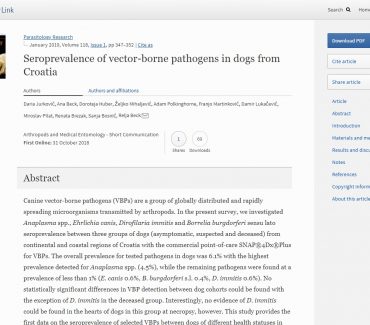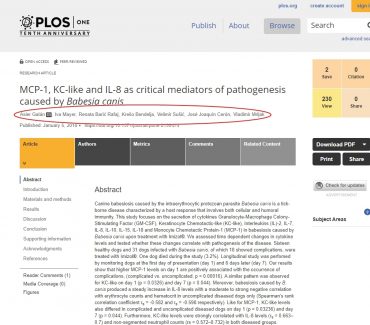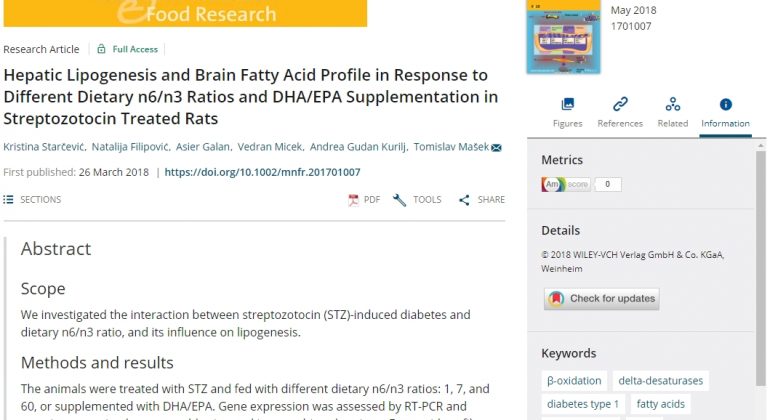
doi.org/10.1002/mnfr.201701007
Abstract
Scope
We investigated the interaction between streptozotocin (STZ)‐induced diabetes and dietary n6/n3 ratio, and its influence on lipogenesis.
Methods and results
The animals were treated with STZ and fed with different dietary n6/n3 ratios: 1, 7, and 60, or supplemented with DHA/EPA. Gene expression was assessed by RT‐PCR and protein expression by western blotting and immunohistochemistry. Fatty acid profile was determined by GC‐MS. Pancreas and liver histology were assessed by hematoxylin and eosin (H&E) staining. STZ‐induced characteristic changes in all STZ treated groups, including: increased blood glucose, decreased body mass, increased lipid peroxidation and CD36 expression, decreased 16:1n7 and 18:1n7, increases in 20:3n6, decreases in phospholipid (PL) content of 20:4n6, as well as decreases in the expression of SREBP1c, Δ‐9‐desaturase (Δ9D), and Δ‐5‐desaturase (Δ5D). Additionally, other changes occurred that were dependent on the n6/n3 ratio. Among the diabetic groups, the lower n6/n3 ratio caused higher lipid peroxidation and CD36 expression, a greater decrease in 20:4n6 and decreased Δ6‐desaturase (Δ6D) expression, while the higher n6/n3 ratio caused increased partitioning of 20:4n6 into hepatic neutral lipids (NL), a decrease in 20:5n3 content, and increased β‐oxidation.
Conclusion
Presented data suggest that the n6/n3 ratio could significantly influence lipogenesis, lipid peroxidation, and β‐oxidation in STZ‐induced diabetes, which could have clinical significance.

 Sveučilište u Zagrebu
Sveučilište u Zagrebu 